Everyone flying—except birds and glider pilots—needs an engine. Whether you’re building a new kit or overhauling a flying airplane, inevitably you’ll need to decide which engine to use. Helping you with that decision is the point of this buyer’s guide.
State of the Market
Supply chain issues have been the main narrative around aircraft engines since COVID, but that story is winding down. Yes, supply remains tight on complete engines, cylinders and other parts, but enough parts are now available that demand is no longer running away from supply. Patience and ordering well ahead are still required (a year in advance remains a smart policy), but new engines and parts are being built.
Taking on increasing importance is cost. Inflation has definitely taken its toll, and aircraft engine prices—silly expensive to begin with—have risen to new levels of absurdity. The time-honored cost-saving tactic is forgoing brand-new engines in favor of rebuilding good cores. It’s the prime alternative to the stratospheric price of new engines.
The final word on pricing, however, is this: Powering your airplane is not the place to cut corners. From both safety and performance standpoints a quality powerplant pays for itself. Obviously reliability is crucial to safety, but it’s also important to match the engine to your airframe’s needs and provide you with the performance to make your overall investment worthwhile. Even though engines are a major cost, it’s smart to make all the investment necessary to arrive at the plane you want.
About This Guide
Engines in the 160- to 200-hp range dominate new Experimental builds. Add in more specialized aircraft on either side of that core market and engines between 100 and 350 hp account for nearly all Experimental/Amateur-Built aircraft coming together today, so that’s what we’ll highlight in this guide.
We also cover the odd turbojet, turboprop, radial, rotary, Wankel or what have you when they’re primed for Experimentals. The idea is to give a broad overview of the market along with enough specific information to help you narrow down your engine search.
To provide that broad outlook means we list current engines in the main text and put currently not for sale engines in the “Circling the Airport” sidebar. This catch-all includes engines just emerging onto the market along with old stalwarts long out of production but included because many remain in service, parts are available and you might run across them in your engine search. As always, this is a guide, not a catalog, so use it as a point of departure in your research.
Selecting an Engine
It sounds basic, but the first thing to know when engine shopping is yourself. Are you a practical sort building your first plane for general transportation and general entertainment flying? If so, stick to tried-and-true engines from popular companies. They’ll offer the most well-sorted, best-supported power options, which is what you need.
If you’re building a second or third airplane, or have a strong engineering background and are interested in something different and don’t mind the hiccups of off-Broadway engines, then go ahead and branch out if you want to. Just remember, specialty players require more hands-on involvement making brackets and such. This is fine for the experienced builder familiar with aircraft construction, operation and maintenance and backed by the necessary tools, but it’s overwhelming for a newbie.
Generally speaking, go with the airframe kit maker’s engine recommendation. These may include an auto conversion or small-volume engine maker, but if they offer a firewall-forward kit or tech support knowledgeable with your airframe then life is going to go easier. Every time and every place where you depart from the plans adds time and uncertainty. Maybe even risk.
About Those Clones
If you’re new to aviation engines, you’ll soon see Lycoming dominates the 160- to 200-hp center of the Experimental/Amateur-Built category. For the 180-hp market center Lycoming domination is so great that Continental and longtime parts supplier Superior make their own versions of Lycoming’s four-cylinders. Collectively these non-Lycoming “Lycomings” are casually referred to as clones but each has its own compelling upgrades and special features while remaining mainly interchangeable with Lycomings. They certainly are drop-in replacements with identical Dynafocal mounts and use standard cooling air baffles and so on. Continental sells their clone under the Titan brand name; Superior labels theirs as XP. (The Superior XP line has not been offered as a complete engine—parts are still being sold—for several years now, but you may come across these engines on the used market and Superior intends to offer complete engines again eventually.)
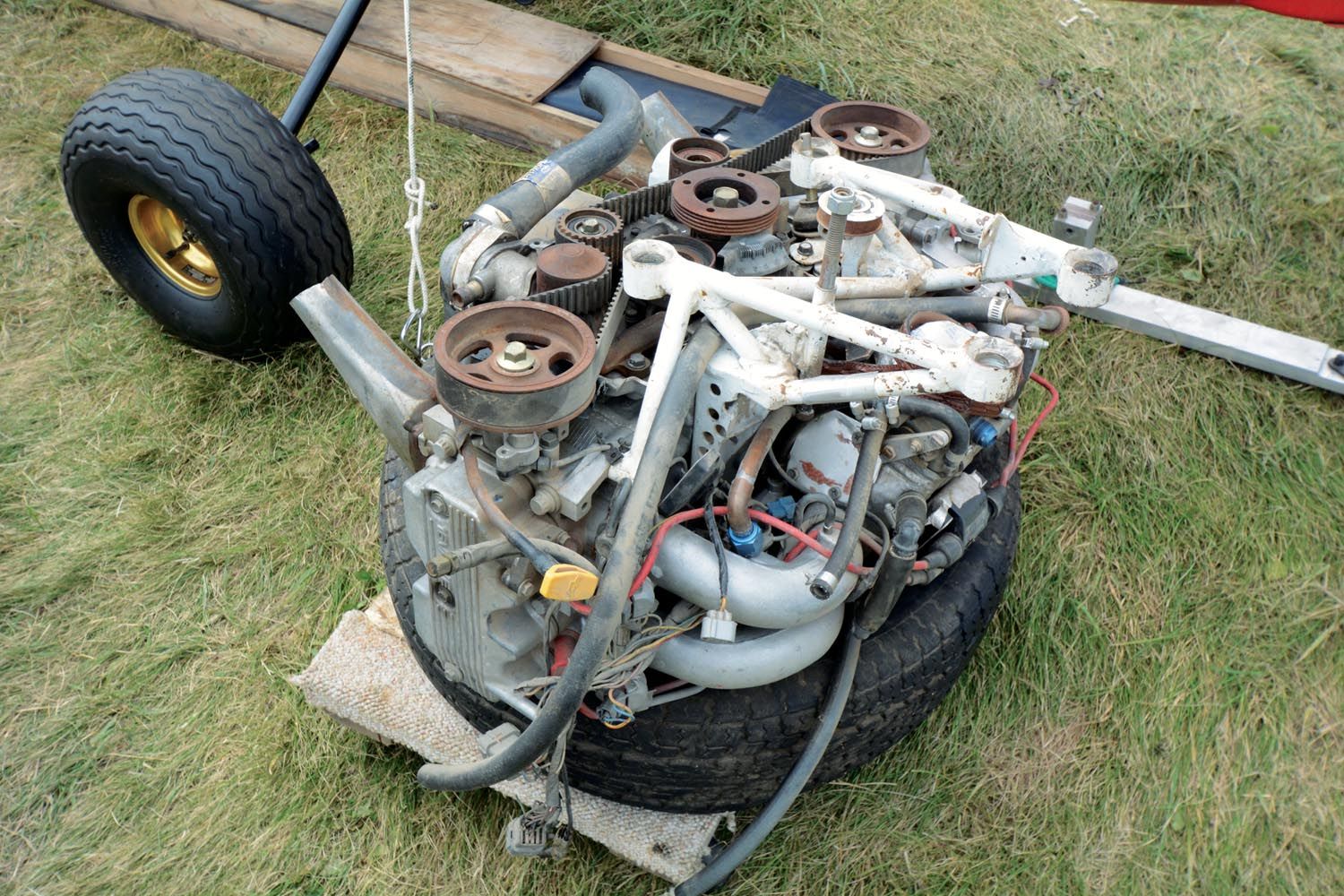
Auto Conversions
Converting automobile engines for aviation use is gaining popularity, mainly because auto engines keep getting better. Once very iffy foundations for an airplane engine, some of today’s auto engines can serve in light aircraft if properly prepared and supported. And yes, it’s that last part that typically causes grief.
Luckily, well-sorted auto engines and installation packages from AeroMomentum, Fly Corvair, Viking and others are available. You’ll benefit from the engineering put into the conversion package (for a penny on the dollar, we assure you), plus you can (and should) talk with earlier customers with real-world experience with the engine package. Also, stick close to auto conversions that retain stock core engines. Enthusiasts want hot-rod auto engines for aircraft use, but that’s a very bad idea. Stick to the proven stock engine configuration and leave hot rodding to racers who are used to dead-stick landings with oil on the windshield. While auto-to-airplane engines can work, it’s an immensely complex subject with absolutely no mercy for the neophyte trying to develop his own auto engine package.
Used, Overhauls, Rebuilds and Remanufactured
Another concept newcomers find surprising is the popularity of rebuilt, or what some might call “used,” engines on amateur-built planes. The terms may seem simple. New is new (all parts are new and newly assembled) and used is used (this engine may be currently flying in something else or has been resting at the back of the hangar since the Reagan administration). Where it gets confusing is the remanufactured category.
Remanufactured, rebuilt and overhauled engines have specific meanings when talking about certified engines. Remanufactured means an engine reset to factory-new specifications by the original engine manufacturer or one of their affiliate shops. Rebuilds involve a used engine rebuilt to new or close-to-new tolerances; the term is commonly used in casual conversation to mean any engine run through an engine shop. Overhauled is yet another legal definition in the certified world. It’s a used engine brought to within the minimum service limits defined by the manufacturer. In other words, an overhauled certified engine could be rather near to worn out after “rebuilding” and hopefully priced accordingly. Think of someone patching up an old airplane for sale. In practice, a rebuilt engine has many new parts in it. Typically the original crankcase and steel parts such as the crankshaft, connecting rods and often the timing gears are serviced and reused. Many minor parts are also reused. But the highly stressed cylinders and associated parts are normally brand-new. If you simply stick new cylinder assemblies on a used crankcase (typically without removing the crankcase from the airframe), that’s called a top overhaul. A tech might say such an engine was “topped.”
Rebuilding and topping Lycoming and Continental/Titan engines is absolutely par for the course. Rotax engines are also gaining popularity as rebuilds. Auto conversion engines are usually cheaper to simply replace with a new engine. Given the unregulated state of automotive engine rebuilding and the automated, close-tolerance methods of modern auto-engine production, it’s the smart way to go, too.
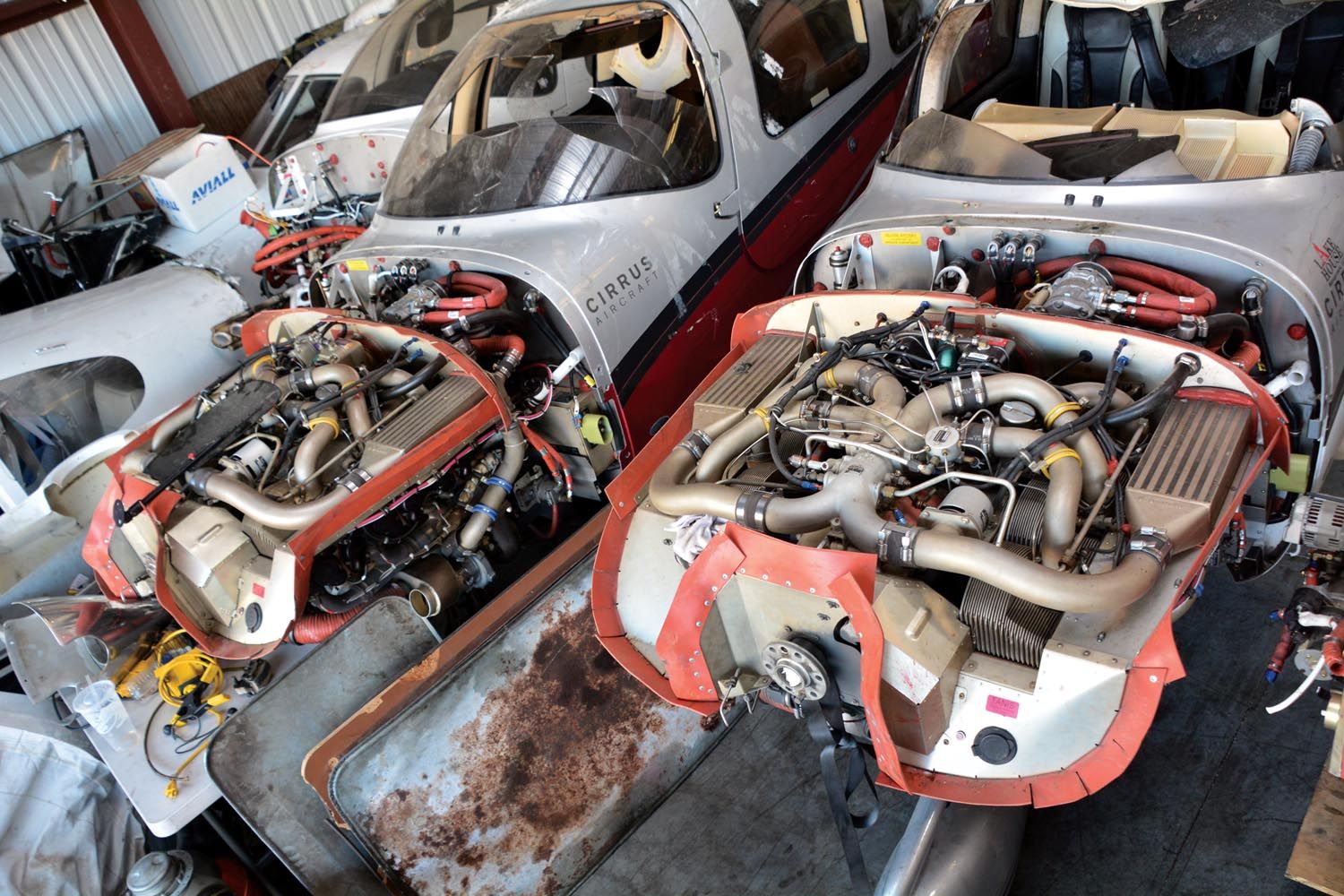
Where To Buy Airplane Engines
There are a surprising number of ways to purchase a general aviation engine. Often easiest and most cost effective is to order a new engine through your airplane’s kit manufacturer if they offer that service. Just check the box on the order form and write the check.
Next in convenience is ordering an engine directly from an engine manufacturer or one of their dealers. Be aware that engine makers don’t keep engines in stock. There are too many engine variations and too few sales to keep anything in stock so your engine will be built to order. And here you have the choice of a bone-stock engine as you might find on a Piper, or a non-certified, custom engine. Lycoming’s Thunderbolt division provides the custom engines under that brand, while Titan is the name for Continental’s version of custom engines. At the other extreme, Rotax is right at home in both the certified and Experimental markets and has no need for an in-house boutique or separately named engines. A Rotax is a Rotax. Well, at least until it is modified by Edge Performance and becomes an Edge engine, but that’s an entirely separate company. Rotaxes are sold via several distributors in North America; see the Rotax heading below.
Non-Factory Sources
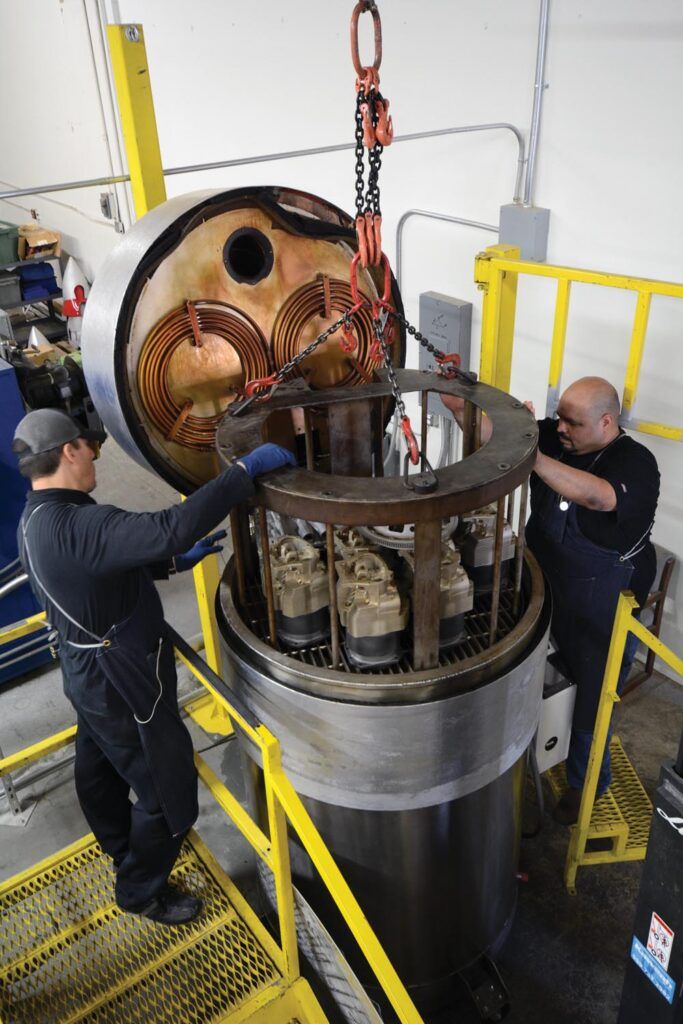
Once past factory-new engines we enter the realm of rebuild shops. The purchasing process becomes less formal and more customized because options are what rebuild shops excel at. Rebuild shops range from large businesses with over 30 employees that offer a warranty to small man-in-a-hangar operations. Some of the larger shops are well-known such as, but not limited to, Aero Sport Power, Barrett Precision Engines, Ly-Con Aircraft Engines and Pinnacle Aircraft Engines. All of these shops overhaul certified engines as their bread and butter, but also specialize in Experimental sport, backcountry, racing, aerobatic and other performance powerplants. Some make their own line of special parts and have hot rod knowledge even the factories likely don’t possess, plus they offer services such as dynamometer break-in or small parts manufacturing. If you’re looking for something special, racy or show-worthy these are where to go.
Size and longevity are good signs in an engine shop, but smaller shops can do good work, too. It’s worth noting the truly small operations don’t have machining capabilities and must work with specialist firms or one of the big engine shops for things such as connecting rod reconditioning, balancing, crankshaft or lifter grinding, engine case machine work and many other functions—which is fine. What these small shops really do is provide a valuable service sorting through all the possibilities with you, providing a local parts source and final assembly of an engine using parts machined elsewhere. Where these small shops source their machine work and what volume of work they do give a clue as to their viability. Finally, they might be a little faster to deliver an engine than the bigger shops depending on workload.
That’s the broad overview. Let’s get into the engines available today.
Back to the 2024 Engine Buyer’s Guide Index










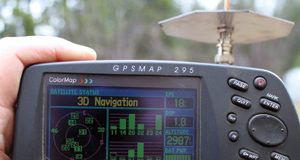
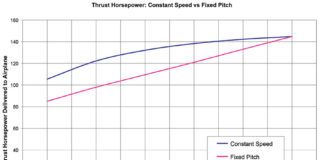
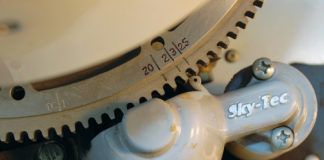

Tom, EPA Power (Rotax substitute) was recommended to me as I consider powerplants for my Flying Legends Tucano Replica. If you happen to talk with them they’d be a good addition to this guide. https://www.epapower.com/Avio.html